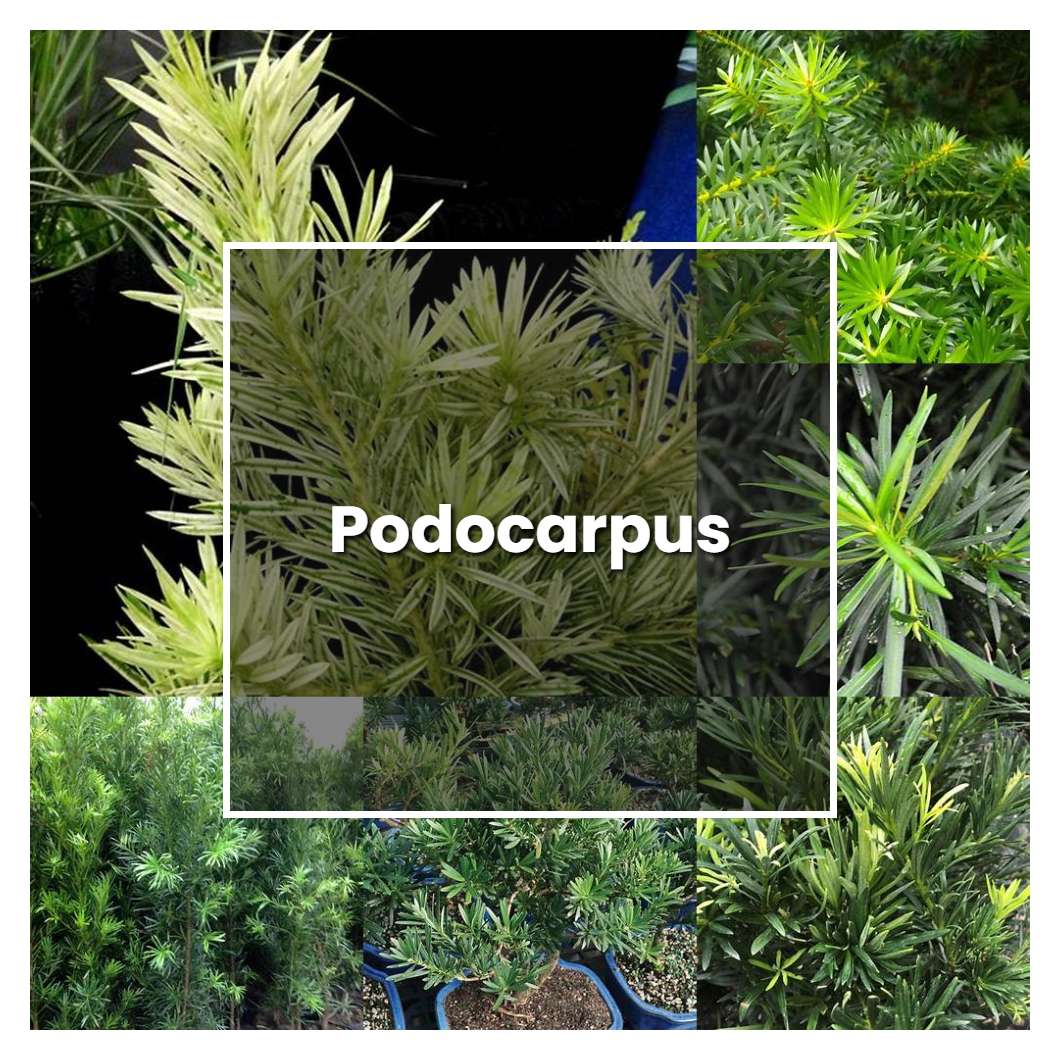Podocarpus is a plant that is native to asia and africa. it is a member of the family podocarpaceae, which contains about 100 species of evergreen trees and shrubs. podocarpus is a popular ornamental plant, and is used in bonsai.

Related plant:
Podocarpus Shrub
About soil condition, podocarpus prefers humus-rich, well-drained, slightly acidic soil, and it is tolerant of poor soils, salt, and drought once established. It does not do well in poorly drained soils and is especially sensitive to root rot.
Similar to other plants, the podocarpus needs sun to grow. It should be grown in an area that gets full sun to partial shade. The plant can tolerate some shade, but it will not produce as many berries in shady areas. The podocarpus can also be grown in containers, which is a great option for those who do not have a lot of space.
The temperature conditions that are optimal for the growth of podocarpus are between 68 and 86 degrees Fahrenheit. They prefer slightly acidic soil with a pH of 5.5 to 6.5. They can tolerate some shade, but prefer full sun. They are also tolerant of a wide range of soil types, as long as the soil is well-drained.
Ideal humidity condition for this plant is 50%. If the air is too dry, the leaves will drop and the plant will become unhealthy. If the air is too humid, the leaves will become yellow and the plant will become unhealthy.
About fertilizer, this kind of plant is not too demanding. In cultivation, it is recommended to use a balanced fertilizer for ornamental plants, applied monthly during the growing season. If the plant is in a container, it is essential to check that the drainage is good so that the roots do not Rot.
Pruning a podocarpus is a simple process that can be done with just a few household tools. First, using a sharp pair of shears, cut off any dead or damaged branches. Next, trim away any branches that are growing in an undesirable direction. Finally, cut away any branches that are crossing or rubbing against each other.
Propagation of podocarpus is typically done through rooting of softwood or semi-hardwood cuttings taken from the tips of newer growth. The cuttings should be kept moist and in a humid environment until they have rooted. Once they have rooted, they can be transplanted into pots or the ground.
Usually, the plant growth rate is dependant on the soil type, weather and the podocarpus species. In general, podocarps grow 0.5 to 1 meter a year. However, some species have been known to grow as much as 2 meters in a year. The fastest growth rates are typically seen in young plants.
Common problems for this kind of plant plants are caterpillars, aphids, and scale. These pests can be controlled with a variety of insecticides and fungicides. Caterpillars can be controlled with Bacillus thuringiensis, while aphids and scale can be controlled with horticultural oil or neem oil.
Source:
Podocarpus nivalis | Landscape Plants | Oregon State University
JC Raulston Arboretum - Our Plants - Search Results
Podocarpus - University of Florida
